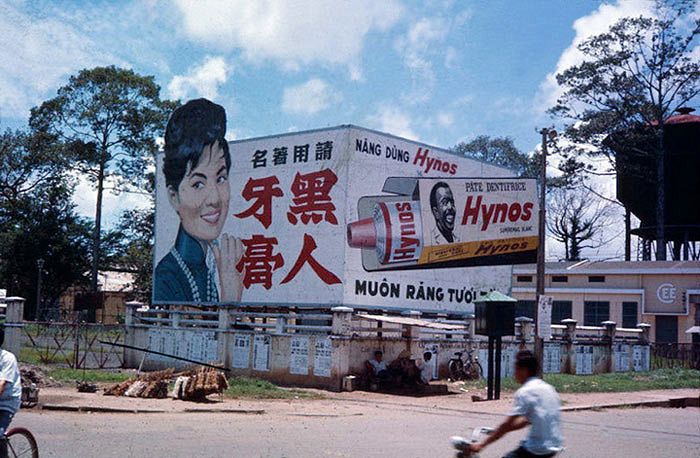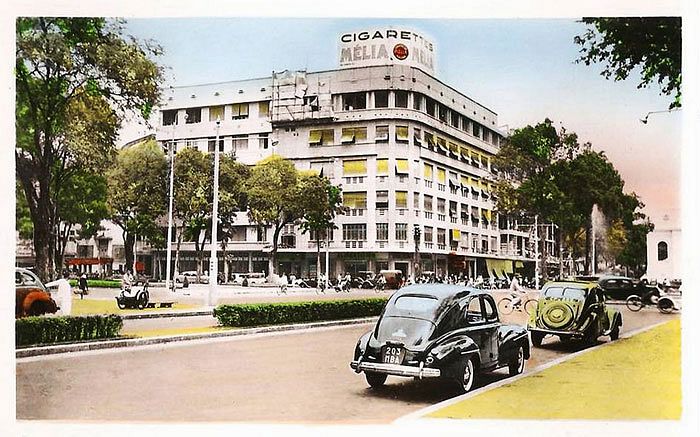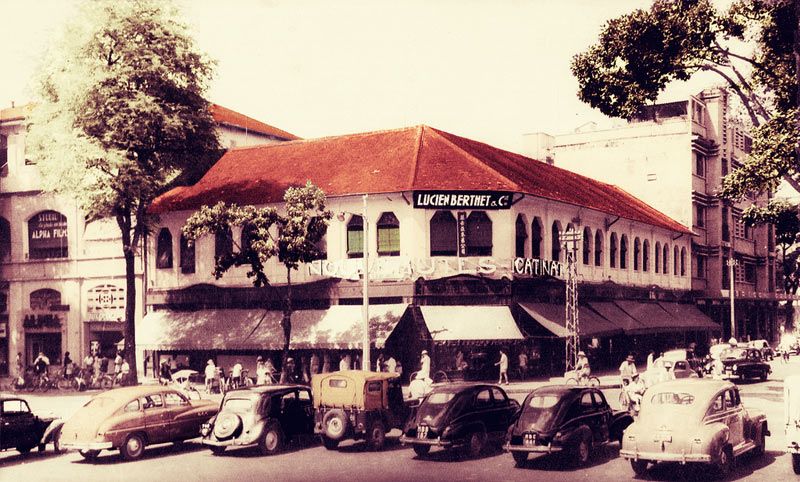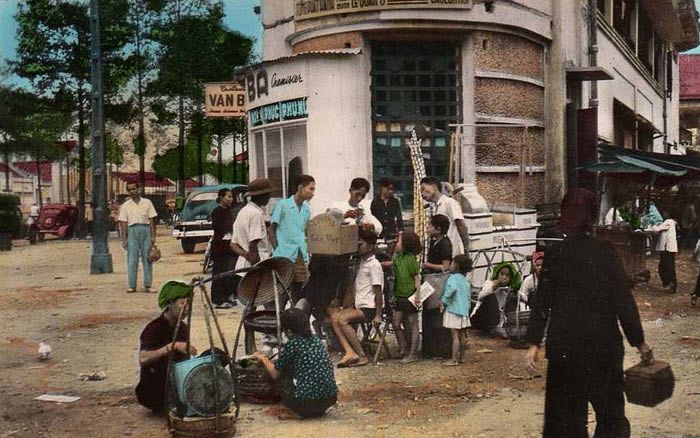Formerly known as “Pearl of the Orient,” Saigon once shone with elegance and prosperity, reflected in sun-soaked cafes, shiny cars parked on clean streets and crowded entertainment spots like discos and cinemas.
Though going to the movies remains a popular activity for young couples in the city, Saigon’s remaining old cinemas have become victims of time, rusting away as they await the wrecking ball. It wasn’t always this way.

Brought from Europe to Saigon by the French, cinemas quickly caught on with residents. Two cinemas, the Eden and the Majestic, built in the Parisian style, were known as the city’s most beautiful. The buildings were not only ornate, but also divided into sections – one for the common people and the other for the high class.

In its early days, cinemas and theaters were full of French colonial officers and only a few wealthy Vietnamese families could afford to take in a film. However, it didn’t take long for larger Vietnamese audiences to emerge and local viewers quickly outnumbered those of the occupiers.
Related Articles:
- History of Vietnamese Cinema: 1898 - 1995
- 5 Great Ways to Watch Independent Films in Saigon
- September Movies At Saigon’s Alternative Film Venues

Things really took off in the 50s when Vietnamese businessmen started to buy up cinemas from the French and local cinemas, many of which could seat 700 patrons, sprung up in nearly every Saigon neighborhood. By the end of the decade, the city boasted 30 cinemas (half of which were air-conditioned) for a population of approximately 2 million.
Safely entrenched in its position as SE Asia’s cinema hub, local business owners sought to add some premium options to the mix. One of these was the Rex, owned by a female millionaire named Ưng Thi who was determined to make her cinema the city’s most modern.

She first chose to build the Rex on one of Saigon’s premier thoroughfares – Nguyễn Huệ Boulevard – and adorned her cinema with the most developed technology at the time such as, high-speed air-cons, a 150sqm Tadd-AO screen and a stereo sound system to indulge up to 1,200 customers.

But what goes up must come down. Following Reunification, many cinemas were shuttered and by the time they reopened, they were showing mainly propaganda films. It wasn’t long until VHS tapes entered the market and rendered the old cinemas obsolete.

Though some of these old cinemas have hung on as entertainment venues and others converted to serve other purposes, each serves as a reminder of Saigon’s golden age of cinema.














